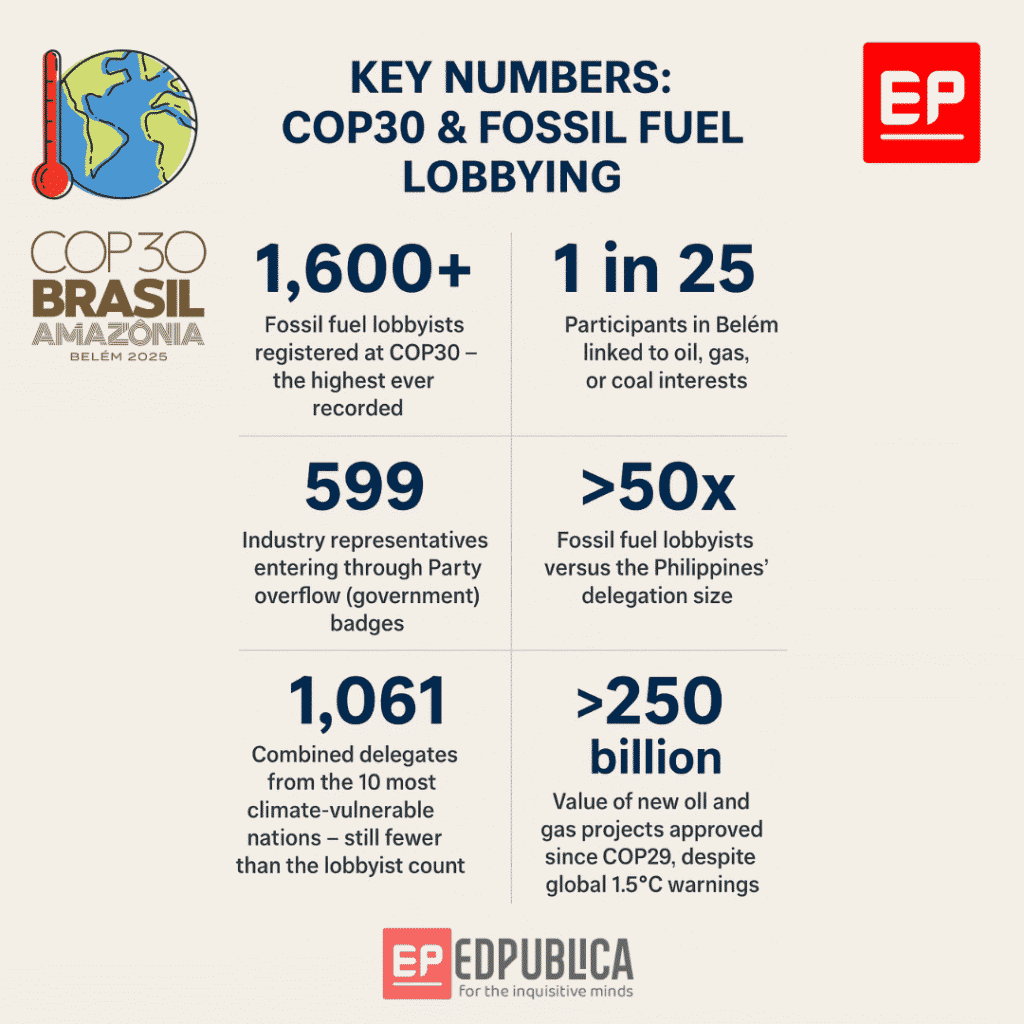Society
The Raman effect is the reason why India celebrates Science Day
India celebrates National Science Day on February 28th each year to commemorate the discovery of the Raman Effect by the great physicist Sir Chandrasekhara Venkata Raman, also known as CV Raman

Chandrasekhara Venkataraman, popularly known as CV Raman, has a unique place in the history of India’s scientific revolution. He is the first Indian to win a Nobel in science, and the fact that it was in physics added to its significance. He was awarded the Nobel Prize for his work on the scattering of light and for the discovery of the effect named after him, the Raman effect. The scientific importance of his discovery is illustrated by the fact that even today, the majority of research papers in physics are on topics related to the Raman effect. CV Raman also received the Bharat Ratna, India’s highest civilian award, in 1954.
Raman was only 36 years old when he was elected a Fellow of the Royal Society of England in 1924. In 1925, Raman participated in the centenary celebrations of the Russian Academy of Sciences and was awarded the Lenin Peace Award, Russia’s highest award. Raman’s life paints a picture of how science and scientific research should be viewed when superstition and unscientific ideals are spreading across India at a maddening pace.
C.V. Raman was born on November 7, 1888 as the second of eight children of Chandrasekhara Iyer and Parvathi Ammal in the Thanjavur district of Tamil Nadu. In 1903, Raman joined Presidency College, Madras, for a BA and was the youngest student to graduate. In 1907, Raman completed his master’s degree with first rank.
Raman started his career in June 1907 as an accountant general in Calcutta. The Indian Association for the Cultivation of Science was located near Raman’s rented house in Calcutta. Raman was allowed to conduct research in his laboratory after working hours. Raman engaged in his research activities early in the morning and at night.
The Raman effect, discovered in 1928, was a continuation of the study of light begun by Raman in 1921, when he observed the blue colour of the sea while sailing from Europe.
Accepting the invitation of Calcutta University Vice-Chancellor Sir Ashutosh Mukherjee, Raman resigned from government service in 1917 and took charge of the Department of Physics at the Calcutta University Science College. The salary received from the university was only half of what was received for his government job.
The Raman effect, discovered in 1928, was a continuation of the study of light begun by Raman in 1921, when he observed the blue colour of the sea while sailing from Europe.
If light shines on a surface, the photons – or particles of light – can scatter inelastically thus gaining or losing energy. If this scattered light is then passed through a prism, the light is further split into its constituent wavelength, generating a colour spectrum. These new lines are called Raman lines, and this spectrum is called the Raman spectrum. This phenomenon related to the scattering of light in liquids is called the Raman Effect or Raman Scattering. It was explained that the colour of the sea is a result of the Raman scattering of light rays by liquid molecules. February 28, when Raman submitted his research paper, is celebrated as National Science Day in India.
Raman expected the Nobel Prize in 1928 when he presented his research paper. But the 1928 Nobel Prize in Physics was won by Owen Richardson, and the 1929 prize was won by Louis de Broglie
Raman expected the Nobel Prize in 1928 when he presented his research paper. But the 1928 Nobel Prize in Physics was won by Owen Richardson, and the 1929 prize was won by Louis de Broglie. This made him very disappointed. But Raman, who was certain that he would get the award in 1930, went to collect the Prize in July of that year.
CV Raman’s scientific career is not limited to Raman effect. His discovery of the quantum photon spin in 1932 underscored the quantum nature of light. Research related to sound waves was also Raman’s favourite subject. He researched musical instruments that produce sound through vibrations. Raman and his disciple Narendranath gave a theoretical explanation of the scattering of light in sound waves (the acousto-optic effect). This is known as Raman-Nath theory. Raman was also involved in research related to lasers. His other research topic was the interaction of sound waves at ultrasonic and hypersonic frequencies with X-rays and their effects on crystals.
COP30
From 6% to 16%: The Philippines Shows the World How Fast Climate Budgets Can Shift
In just four years, the Philippines has expanded its climate spending from PHP 282 billion to over PHP 1 trillion — one of the fastest fiscal shifts anywhere in the world.

Governments across the world are beginning to rethink the way national budgets are designed, moving away from traditional fiscal planning and toward systems that integrate climate considerations directly into spending decisions. A new comparative review of global green-budgeting practices reveals a trend that is gathering momentum: more countries are using their budgets as climate-governance tools. But the pace of progress varies sharply between advanced economies and emerging markets.
The Rise of Climate-Conscious Budgets
Countries such as France, Ireland, Mexico and the Philippines provide some of the clearest examples of how climate priorities are reshaping national expenditure. France has increased its identified climate-positive budget from €38.1 billion in 2021 to €42.6 billion in 2025, while Ireland expanded its environmental allocations from €2 billion (2020) to €7 billion (2025). Mexico’s transformation has been even more rapid: climate-related expenditures rose from MXN 70 billion (2021) to MXN 466 billion (2025) — a six-fold increase.
A Sudden Surge in the Philippines
Nowhere is the shift more dramatic than the Philippines. After embedding climate budget tagging across its ministries, the country’s climate budget expanded from PHP 282 billion in 2021 to more than PHP 1 trillion in 2025, raising its share of the national budget from 6% to 16%. The reform forced ministries to assess thousands of programmes through a climate lens, resulting in a shift toward resilient infrastructure, sustainable energy, water security, and climate-smart industries.
Advanced Economies Move Beyond Tagging
While emerging economies are scaling up climate allocations, advanced economies are integrating climate metrics deeper into fiscal systems. Canada’s “climate lens” requires greenhouse-gas and resilience assessments for major infrastructure projects before funding is approved. Norway links its annual budget to its Climate Change Act and long-term low-emission strategies. Germany uses sustainability indicators to guide fiscal decisions, embedding climate considerations into macroeconomic planning.
These tools go beyond transparency. They force ministries to justify public spending not only in economic terms, but in climate terms — shifting budgets from accounting documents to steering instruments.
Despite this momentum, the analysis notes a persistent gap: many countries stop at tagging climate-related expenditures without linking them to outcomes or performance indicators. Tagging improves transparency, but on its own does not change investment decisions. Without climate-based appraisal and monitoring, high-emission infrastructure can still slip through national budgets unchallenged.
The Financing Challenge
For lower-income countries, the largest barriers are financial. High capital costs, limited fiscal room, and weaker public financial management systems restrict the scale of green budgeting reforms. Even when climate spending rises, sustaining these increases requires integrating climate metrics into medium-term fiscal frameworks — something only a handful of emerging economies have attempted.
Innovations Show What’s Possible
Some models offer a blueprint. Indonesia’s climate-tagging system feeds directly into its sovereign green sukuk framework, giving investors clear visibility over the use of proceeds. This loop — tagging, reporting, financing — demonstrates how governments can leverage green budgeting to unlock larger pools of private capital.
Still in Progress
The report concludes that the next frontier for green budgeting is integration: linking budget tagging, climate-lens project appraisal, performance-based reporting, and climate-aligned fiscal strategies. Done together, these tools allow budgets to become climate-governance instruments capable of guiding national transitions.
But the pace remains uneven. Some countries are racing ahead, while others are taking incremental steps. What is clear, however, is that climate-aligned public finance is no longer optional. As climate impacts intensify, the alignment of the world’s budgets will determine who adapts — and who is left behind.
COP30
Corporate Capture: Fossil Fuel Lobbyists at COP30 Hit Record High, Outnumbering Delegates from Climate-Vulnerable Nations
COP30 sees over 1,600 fossil fuel lobbyists inside climate talks, surpassing delegations of climate-vulnerable nations. Experts warn of corporate capture.

COP30 was billed as the “Implementation COP,” a summit where governments would finally convert years of climate promises into concrete action. Instead, the year’s most striking headline comes from the corridors, not the negotiation rooms: more than 1,600 fossil fuel lobbyists have entered the talks — the highest in the history of the UN climate process.
A new analysis by the Kick Big Polluters Out (KBPO) coalition reveals that one in every 25 participants in Belém is linked to the oil, gas, or coal industry. The number surpasses the total delegations of many climate-vulnerable nations and even outnumbers the combined negotiating teams of the 10 most climate-impacted countries.
For many observers, the surge represents not just a statistic but a symptom of a deeper structural crisis.
“It’s common sense that you cannot solve a problem by giving power to those who caused it,” said Jax Bonbon of IBON International in a statement. “Yet three decades and 30 COPs later, more than 1,500 fossil fuel lobbyists are roaming the climate talks as if they belong here.”
A Climate Summit Outnumbered by Industry
The analysis shows 599 industry-linked representatives entered COP30 through Party overflow badges — a route typically reserved for government delegates. This method bypasses new transparency rules that require non-government participants to disclose their affiliations.

Several countries also included fossil fuel representatives directly within their official delegations. According to the report, France, Japan, and Norway brought senior industry figures, including those from TotalEnergies, Japan Petroleum Exploration, and Equinor.
“Until we Kick Big Polluters Out, we can expect the outcomes of COP30 — and every COP after — to be written by the world’s largest polluters,” said Pascoe Sabido of Corporate Europe Observatory. “It’s profit over people and the planet.”
The contrast between industry presence and the representation of climate-impacted nations is stark. The Philippines’ delegation is outnumbered by nearly 50 to 1. Jamaica sent fewer than 40 delegates — as it deals with the aftermath of Hurricane Melissa — while hundreds of industry lobbyists move freely inside the venue.
‘A Flood of Influence’
Civil society groups warn that the negotiations risk being shaped by the very actors accelerating the climate crisis.
“The COP is massively flooded with around 1,500 representatives of the fossil fuel industry — like a river bursting its banks and sweeping everything away,” said Susann Scherbarth of Friends of the Earth Germany.
The criticism echoes growing frustration among scientists and youth groups over the widening gap between climate science and political outcomes. Despite repeated warnings from the IPCC about the need for rapid fossil fuel phase-down, nearly $250 billion worth of new oil and gas projects have been approved since COP29.
Youth delegations expressed alarm that the negotiation space is becoming increasingly inaccessible to those most affected by the climate crisis.
“The UNFCCC is in need of rehabilitation,” said Pim Sullivan-Tailyour from the UK Youth Climate Coalition. “My generation deserves Just Transition policies shaped by what people and the planet need — not what polluters’ profits demand.”
Demands for Integrity and Accountability
Transparency and governance experts argue that the situation has reached a defining moment. “If COP30 is indeed the COP of truth, the Presidency and the UNFCCC Secretariat must strengthen participant disclosure rules,” said Brice Böhmer of Transparency International. “It is time to ensure integrity and restore trust.”
Civil society groups are urging governments to adopt formal conflict-of-interest rules, a step the UNFCCC has so far resisted. They argue that genuine climate progress requires insulating negotiations from actors whose core business models rely on continued fossil fuel extraction.
A Crossroads Moment for the UN Climate Process
COP30 was expected to accelerate global action toward limiting warming to 1.5°C. Instead, it has reopened a fundamental question: Can a climate summit deliver meaningful outcomes when the world’s largest polluters enjoy unprecedented access inside the process?
The KBPO coalition says the answer depends on whether the UNFCCC is willing to adopt structural reforms that prioritise vulnerable communities over powerful corporations.
As the talks continue in Belém, the tension between ambition and influence remains at the heart of COP30 — raising critical questions about transparency, accountability, and the future of global climate governance.
Society
Guterres to WMO: ‘No Country Is Safe Without Early Warnings’
At WMO’s 75th anniversary, UN Chief António Guterres warned that no nation is safe from extreme weather — urging governments to fast-track early warning systems by 2027.

Declaring that “no country is safe from the devastating impacts of extreme weather,” UN Secretary-General António Guterres called for a global surge in early warning systems to protect lives, economies, and ecosystems from climate-fuelled disasters.
Speaking at the 75th anniversary of the World Meteorological Organization (WMO), Guterres hailed the agency as “a barometer of truth” and “a shining example of science supporting humanity.” It was his first address to the WMO, reflecting the agency’s central role in turning climate science into life-saving action.
“Without your rigorous modelling and forecasting, we would not know what lies ahead — or how to prepare for it,” he told delegates gathered at WMO headquarters in Geneva.
The occasion doubled as the midway checkpoint for the Early Warnings for All (EW4All) initiative, launched by Guterres in 2022 to ensure every person on Earth is protected by life-saving warning systems by 2027.
WMO Secretary-General Celeste Saulo issued a “Call to Action,” urging all countries to close early warning gaps through expanded observation networks, strengthened hydrological services, and community-level outreach. “Every dollar invested in early warning saves up to fifteen in disaster losses,” she said.
Saulo cautioned that despite major progress—108 countries now operate multi-hazard warning systems—the world’s poorest remain the least protected. Disaster mortality rates are six times higher in countries with limited early warning coverage.
A 75-Year Legacy of Science for Action
Marking 75 years since it became a UN specialized agency, WMO used its Extraordinary Congress to reaffirm global cooperation in weather, water, and climate monitoring.
President Abdulla al Mandous praised Guterres for embedding early warning systems into the international climate agenda: “Early warnings are now recognized at the highest levels as cost-effective, life-saving, and cross-cutting solutions that reduce risk and advance development,” he said.
Guterres urged three urgent priorities to achieve universal coverage: integrating early warnings across governance structures, boosting finance and debt relief for vulnerable nations, and aligning national climate plans to limit temperature rise to 1.5°C.
“Every life lost to disaster is one too many,” he said. “With science, solidarity, and political resolve, we can ensure a safer planet for all.”
-

 Know The Scientist6 months ago
Know The Scientist6 months agoRemembering S.N. Bose, the underrated maestro in quantum physics
-

 Society5 months ago
Society5 months agoShukla is now India’s first astronaut in decades to visit outer space
-

 Space & Physics4 months ago
Space & Physics4 months agoJoint NASA-ISRO radar satellite is the most powerful built to date
-

 Space & Physics4 months ago
Space & Physics4 months agoNew double-slit experiment proves Einstein’s predictions were off the mark
-

 The Sciences5 months ago
The Sciences5 months agoHow a Human-Inspired Algorithm Is Revolutionizing Machine Repair Models in the Wake of Global Disruptions
-

 Society6 months ago
Society6 months agoWhy the Arts Matter As Much As Science or Math
-

 Society6 months ago
Society6 months agoAxiom-4 will see an Indian astronaut depart for outer space after 41 years
-

 Earth6 months ago
Earth6 months agoWorld Environment Day 2025: “Beating plastic pollution”






































